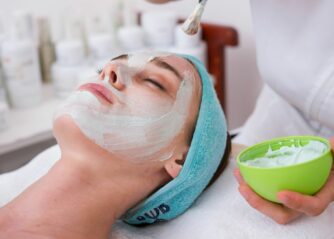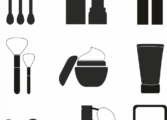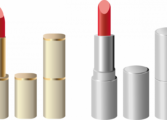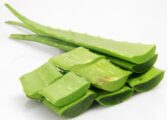Full Coverage Foundation: The Ultimate Guide for Flawless Skin
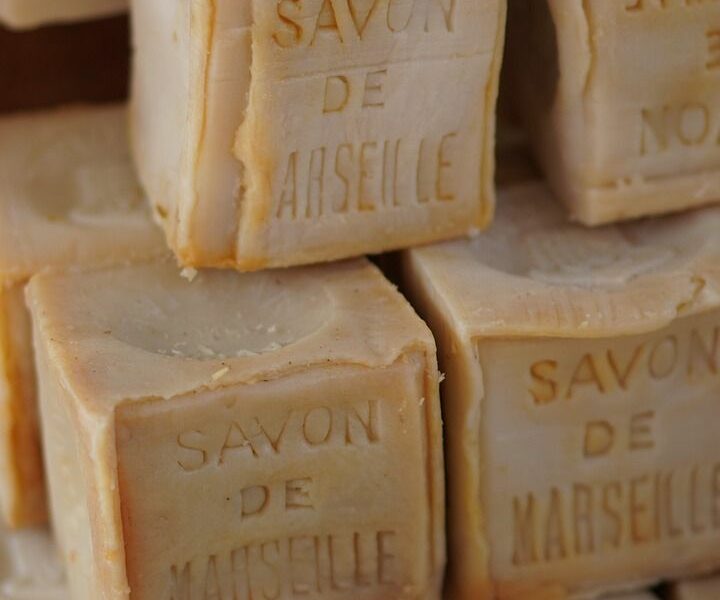
Introduction: Understanding the Basics
Full coverage foundation is a type of makeup product used to achieve a flawless complexion by providing extensive coverage. It is designed to conceal imperfections, blemishes, and uneven skin tone, giving you a smooth and even canvas to work with. Whether you’re aiming for a natural everyday look or preparing for a special occasion, full coverage foundation is a crucial component in achieving a perfected complexion.
Types of Full Coverage Foundation: Find Your Perfect Match
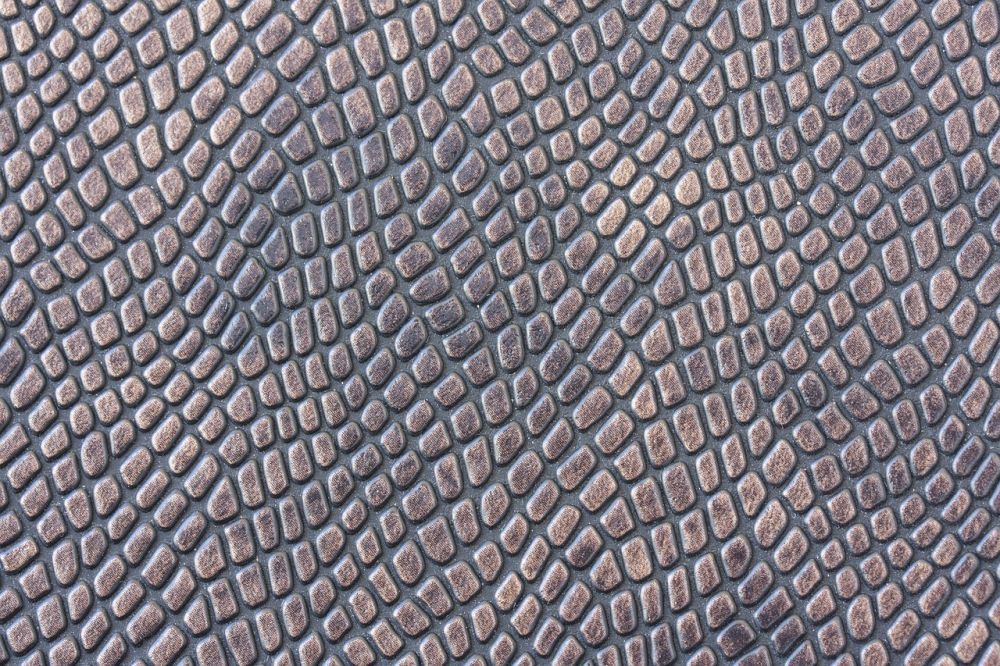
1. Liquid Foundation: This is the most common form of full coverage foundation. It comes in a liquid formula, often with a buildable coverage level, making it suitable for all skin types. Liquid foundations offer a wide range of shades and finishes, allowing you to find the perfect match for your skin tone and desired look. Some popular liquid full coverage foundations include the NARS Natural Radiant Longwear Foundation and the Estée Lauder Double Wear Stay-in-Place Foundation.
2. Cream or Stick Foundation: Cream or stick foundations provide a thicker and more concentrated coverage compared to liquid foundations. These formulas are ideal for those with more problematic skin, such as acne scars or hyperpigmentation, as they offer maximum coverage. Examples of cream or stick full coverage foundations include the Kevyn Aucoin Sensual Skin Enhancer and the Bobbi Brown Skin Foundation Stick.
3. Powder Foundation: Powder foundations are often overlooked when it comes to full coverage, but they can provide a natural-looking and buildable coverage option. They are ideal for those with oily skin or those who prefer a lighter feel on their skin. Powder foundations can be applied with a brush or sponge, and they offer a matte finish. Popular powder full coverage foundations include the MAC Studio Fix Powder Plus Foundation and the bareMinerals Original Loose Powder Foundation.
Quantitative Measurements: Understanding the Numbers
When it comes to full coverage foundation, it’s essential to consider the quantitative measurements that impact its performance. These measurements include:
1. Shade Range: The number of available shades plays a vital role in ensuring that everyone can find their perfect match. A broader shade range indicates a more inclusive and diverse offering, catering to a wider range of skin tones.
2. Coverage Level: Full coverage foundations can vary in their coverage level. Some brands offer medium to full coverage, while others provide a more intense, completely opaque coverage. It’s crucial to understand the coverage level that suits your needs and preferences.
3. Longevity: The longevity of a foundation refers to its staying power throughout the day. Factors such as oil control, transfer resistance, and wear time influence the foundation’s longevity. Look for full coverage foundations that offer long-wearing properties, ensuring your flawless complexion lasts throughout the day.
Differences between Full Coverage Foundations: Finding Your Ideal Formula
While all full coverage foundations aim to provide extensive coverage, there are significant differences between formulas that cater to individual needs. These differences include:
1. Finis Full coverage foundations offer a range of finishes, including matte, satin, and dewy. Matte finishes are ideal for those with oily skin, providing a shine-free result. Satin finishes strike a balance between matte and dewy, offering a natural and radiant look. Dewy finishes provide a luminous and glowing complexion, perfect for those with dry or dull skin.
2. Formulation: The formulation of a full coverage foundation refers to its ingredients and texture. Some formulas are oil-free, making them suitable for those with oily or acne-prone skin. Others contain moisturizing properties for hydrating dry skin. Consider your skin type and concerns when selecting a formulation that works best for you.
3. Skin Undertone: Understanding your skin undertone is crucial in selecting a full coverage foundation that complements your complexion. Undertones can be categorized as warm, cool, or neutral. Warm undertones have yellow or golden hues, cool undertones have pink or blue hues, while neutral undertones have a balanced mixture of both.
Historical Perspective: The Evolution of Full Coverage Foundations
Full coverage foundations have come a long way, experiencing advancements in their formulation and addressing various concerns. Here’s a historical overview of their pros and cons:
1. Early Foundations: In the past, full coverage foundations were heavy, cakey, and often contained harmful ingredients. Their coverage was limited, and shade ranges were limited primarily to light skin tones.
2. Advancements: Over time, full coverage foundations have evolved to offer improved coverage, more shades to cater to diverse skin tones, and a lighter and more comfortable feel. Brands have been more conscious of formulation, introducing ingredients that benefit the skin and address specific concerns.
3. Consistency and Weight: While full coverage foundations now offer better coverage, some individuals may still find them too heavy or thick for their liking. However, advancements in formulation have led to more lightweight options that still provide the desired coverage.
Conclusion: Achieving a Flawless Canvas
Full coverage foundations play a crucial role in achieving a flawless complexion by providing extensive coverage. Understanding the different types, quantitative measurements, differences between formulas, and the historical perspectives can help you find the perfect foundation match. Experimenting with various options, understanding your skin needs, and taking into account desired finish, formulation, and undertones will guide you in selecting the ideal full coverage foundation for your flawless canvas.
Video Clip: [Insert relevant video clip here demonstrating the application of full coverage foundation and its transformative effect]
By following these guidelines and tips, you’ll be well on your way to achieving a flawless complexion and enhancing your natural beauty. Remember, full coverage foundation is just one element in your overall makeup routine, so pair it with other products that suit your preferences and create your desired look.
So, whether you’re a makeup enthusiast or someone seeking a perfect complexion, full coverage foundation is your ticket to flawless skin. Embrace its transformative power and enjoy the confidence it brings. With the right full coverage foundation, you can conquer any occasion and make a statement with your radiant complexion.



